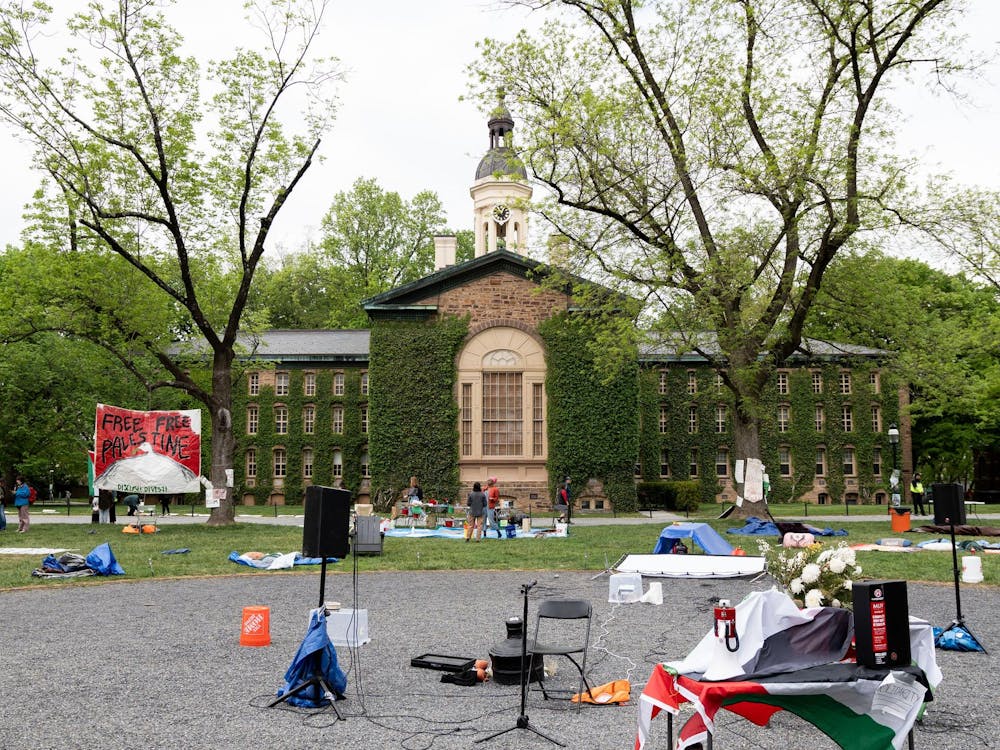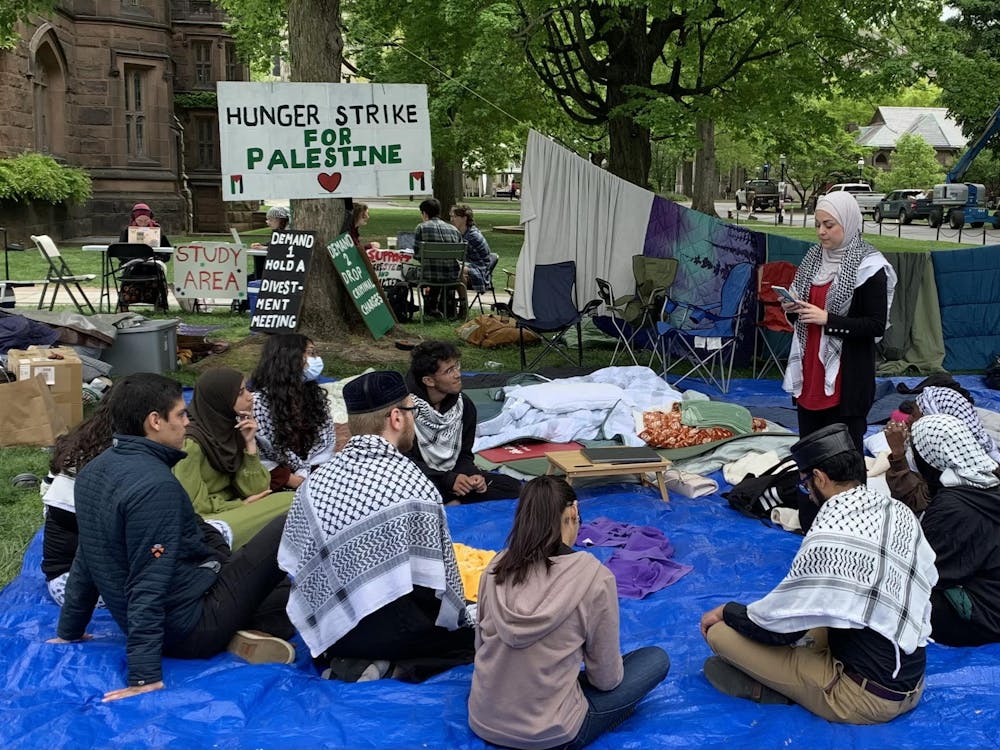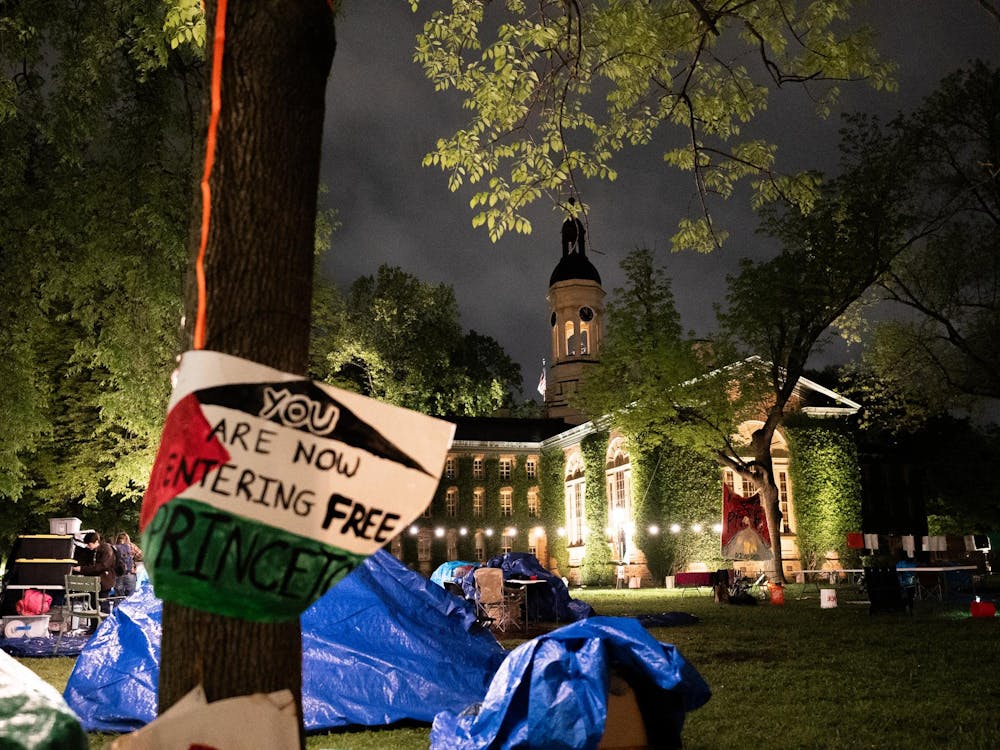The Undergraduate Student Government discussed gender-neutral housing and updates from the November Council of Princeton University Community meeting on Sunday.
Lily Gellman ’17, former president of Pride Alliance, presented Gender Neutral Housing initiatives outlined in a proposal created by the Gender-Inclusive Housing Working Group.
Currently, rooms can only qualify for mixed-gender housing by satisfying the "n+1" standard. The "n+1" standard dictates that the housing must contain at least one more room than it does occupants. However, the "n+1" rooms are not exclusively reserved for mixed-gender groups, so same-gender groups are allowed to access them in room draw.
According to Gellman, this policy severely limits the availability and number of options for mixed-gender housing.
"For example, when you have a triple with only two people living in it," Gellman said. "The only time I know of when that even happens is when there is some sort of mix-up and people get a better room than they are supposed to. This situation is not common at all, and that underscores how difficult it is for people who need that housing to get it."
Dylan Edelstein ’17 discussed his experiences with the University's gender-neutral housing system, which highlighted the existing problems with the current system. In both his sophomore and junior years, Edelstein's low position on the draw list prevented him from securing one of the few available rooms that qualified for mixed-gender housing and forced him to live separately from his draw group.
Gellman explained that the new proposal would allow room draw groups for sophomores, juniors, and seniors to select either same-gender or mixed-gender housing configurations. Those who elect mixed-gender housing would be allowed to select from housing that meets the "n+1" requirement. She also emphasized that only students who choose mixed-gender housing can be assigned so.
Gellman noted that research conducted by LGBT center's student staff found that many other peer institutions such as Harvard and Yale had overwhelmingly better policy for students seeking mixed-gender housing.
Gellman said that the current measure is designed to identify a need among the student body, and that further changes will be implemented in the future. One such suggested change would allow incoming freshman to live in mixed-gender housing.
"I think having everyone be able to draw in mixed-gender groups is a really important first step, and if there are complications in that formula, we can figure that out in the implementation stage," Gellman said.
The proposal is set to be voted upon by the University Student Life Committee later in November.
Those wishing to learn more about the Gender-Neutral Housing proposal can visit betterprinceton.org to view student testimonials and sign a petition to support the initiative.

U-Councillor Wendy Zhao ’19 presented an update on the Council of the Princeton University Community's November meeting.
The meeting included an update from the CPUC Special Committee on Naming, which was established to provide recommendations for unnamed buildings or new buildings in the future. Two buildings currently under consideration include the atrium of Robertson Hall and West College. A petition created last week to solicit potential suggestions has received over 150 signatures.
Title IX administrator Regan Crotty '00 also presented an update on the results of the 2016 "We Speak" Survey during the CPUC meeting. The purpose of the survey was to collect data on sexual misconduct experiences on campus, awareness of sexual misconduct, and preventative and training programs. The survey results showed an increase from 66 percent to 83 percent compared to last year's survey in the percentage of undergraduate students who knew where to find help, and an increase from 44 percent to 71 percent of female students knowing where to report incidents of sexual misconduct. There was also an increase from 61 percent to 74 percent of male students knowing where to report incidents of sexual misconduct.








